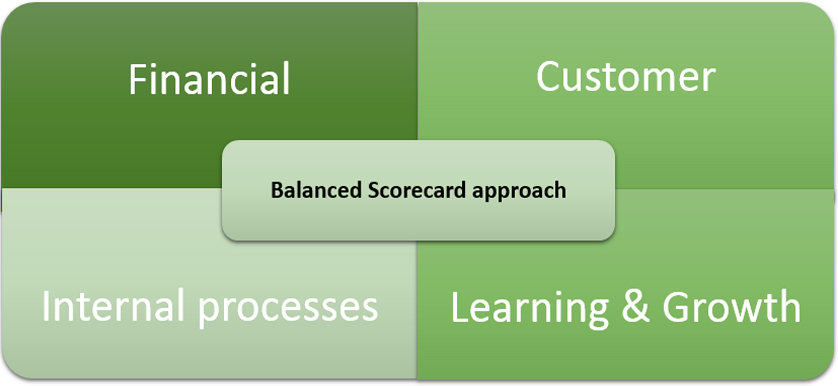How To Know Your Strategy Is a Winner

Image Source: Digital Marketing | Unsplash
Often than not, several executives take strategy as a routine task or a series of frameworks instead of a mode of visualizing and solving problems. Furthermore, taking on the newest strategy trends or following a successful entrepreneur’s guidelines is not an ideal way to win. Companies need to take their strategies through a series of tests to determine their validity.
There are three tests that identify the success of strategies. These assessments help executive teams to answer some of their burning question, such as:
a) Does your company strategy respond to uncertainty and trends?
b) Does your strategy exploit legitimate sources of advantage?
c) Is your strategy aligned and cascaded throughout your organization?
Three Winning Strategy Tests
There are three types of tests companies can apply to determine whether their strategies are viable or not. The first one is the Fit Test. This type of test measures the level of fitness of a company’s strategy along with its business condition. When conducting the Fit Test, there are three fit dimensions that need to be assessed: internal fit, external fit, and dynamic fit.
Internal fit and external fit are the keys to securing a company’s survival (Tyge Payne et al., 2015). Internal fit is described as a multi-dimensional matching of strategy with structure. It is undertaken to ensure that the strategy matches the company’s resources as well as competitive capabilities. Winning strategies display an internal fit and must be compatible with the ability of a company to implement the strategy in a competent mode.
External fit refers to the congruence between an entity’s strategy and composition and its task environment. Testing external fit will exhibit how a strategy matches significantly with the external conditions, such as industry dynamics, competition, and market opportunities. Therefore, a strategy will only work well if it has an excellent external fit against the external environment.
The last type of fit test is dynamic fit. It is a fundamental measurement that assesses if strategies are changing over time. Dynamic fit is used to synchronize and align the current state of the business with market conditions.
According to Jonathan Trevor and Barry Varcoe, retaining a good strategic alignment relies on the ability of a company’s structure, procedures, and culture to evolve with strategy changes. The signs of misalignments are always evident to employees and customers who fail to receive the type of service they expect.
The second type of test is called the Competitive Advantage Test. This type of test measures the lasting competitive advantages of businesses in the market space. The Competitive Advantage Test also enlightens managers on strategies that often fail to keep up a constant competitive advantage with rivals. Failed approaches to maintain a competitive advantage over competitors usually lead to inferior performance in the long run.
As winning strategies enable competitive advantage to be durable and larger, the research of competitive advantages in the tech industry by (Huang et al., 2015) sheds light on the outcome differences between Temporary Competitive Advantage (TCA) and Sustainable Competitive Advantage (SCA).
The paper suggests that companies can achieve higher outcomes through SCA by amassing assets, resources, and capabilities. However, TCA created through strengthening market positions can assist firms with capital to accumulate resources that will develop a sustainable competitive advantage.
The Performance Test is the third form of measurement to differentiate a winning or losing strategy. A performance test is vital for organizations as companies usually mark their success based on performance. There are two types of indicators that a company looks at to understand the standard of this strategy test:
a) Competitive strength and market positioning and
b) Profitability and financial strength.
One of the performance measurements tools that businesses can use to effectively manage organizational performance is the balanced scorecard. It provides a holistic strategy implementation framework comprising five elements: desired state of evolution, strategy map, performance scorecard, performance dashboard, and portfolio of initiatives.
To sum it up, a company’s strategy needs to excel in all tests to succeed. Failing in even one of the tests could spell problems for business ventures and lead to negative performance. A company can introduce new practices only if they match or erase both internal and external conditions. On the other side, existing strategies should always be evaluated thoroughly to affirm that they are fit and contribute to good performances and competitive advantage. Incorporate fast changes to current strategies if companies fail at least one of the three tests.
Take a look at The KPI Institute’s website and find out more about the Certified Balanced Scorecard Management System Professional course. Discover new approaches on how to create a performance management system based on the balanced scorecard technique and how to implement it at all levels of the organization.





